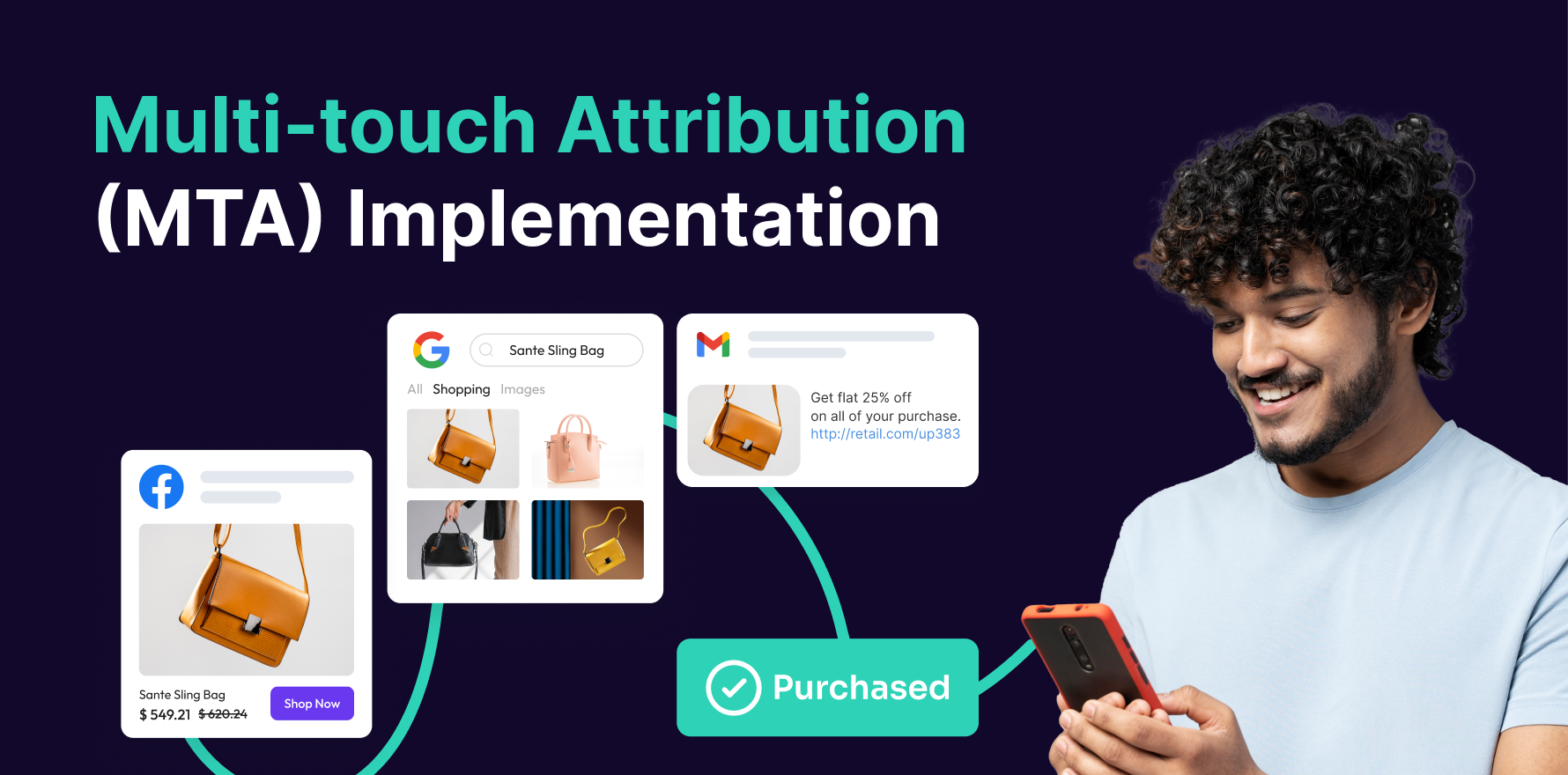What is Attribution Modeling?
In modern ecommerce, understanding customer behavior, tracking their journey, and attribiting the final purchase to the correct marketing strategy is crucial. This is where Attribution Modeling comes into play. It is a framework for analyzing which touchpoints, or marketing channels, receive credit for a conversion. A conversion could be a sale, lead submission, or any defined ‘successful’ action on your e-commerce website.
Formula
Example
Suppose a customer found your ecommerce website through a Google search (organic), clicked on a Facebook ad (social), signed up for the newsletter, received an email with the product promotion, and finally made a purchase. If we took a last-click attribution model, the email would receive all the credit. However, if we used a linear model, all channels (organic, social, and email) would share equal credit.
Why is Attribution Modeling important?
Understanding which channels are driving the most conversions allows businesses to allocate their marketing budget effectively. It ensures resources are not wasted on under-performing channels. Increased efficiency ultimately leads to a higher return on investment.
Which factors impact Attribution Modeling?
Improving Attribution Modeling primarily involves the continuous monitoring and adjusting of your model as per your changing business goals and customer behavior. A regular audit of your attribution models ensures not only their strategic alignment but also their relevance and effectiveness.
How can Attribution Modeling be improved?
Several factors impact Attribution Modeling notably – the type of product or service, customer journey, length of the sales cycle, marketing strategy, and quality of the data collected.
What is Attribution Modeling’s relationship with other metrics?
Attribution modeling is interconnected with various ecommerce metrics such as customer lifetime value (CLTV), cost per acquisition (CPA), and overall return on investment (ROI). For instance, an optimized model can reduce the CPA, increase the CLTV, and elevate the overall ROI.
Free essential resources for success
Discover more from Lifesight






















































